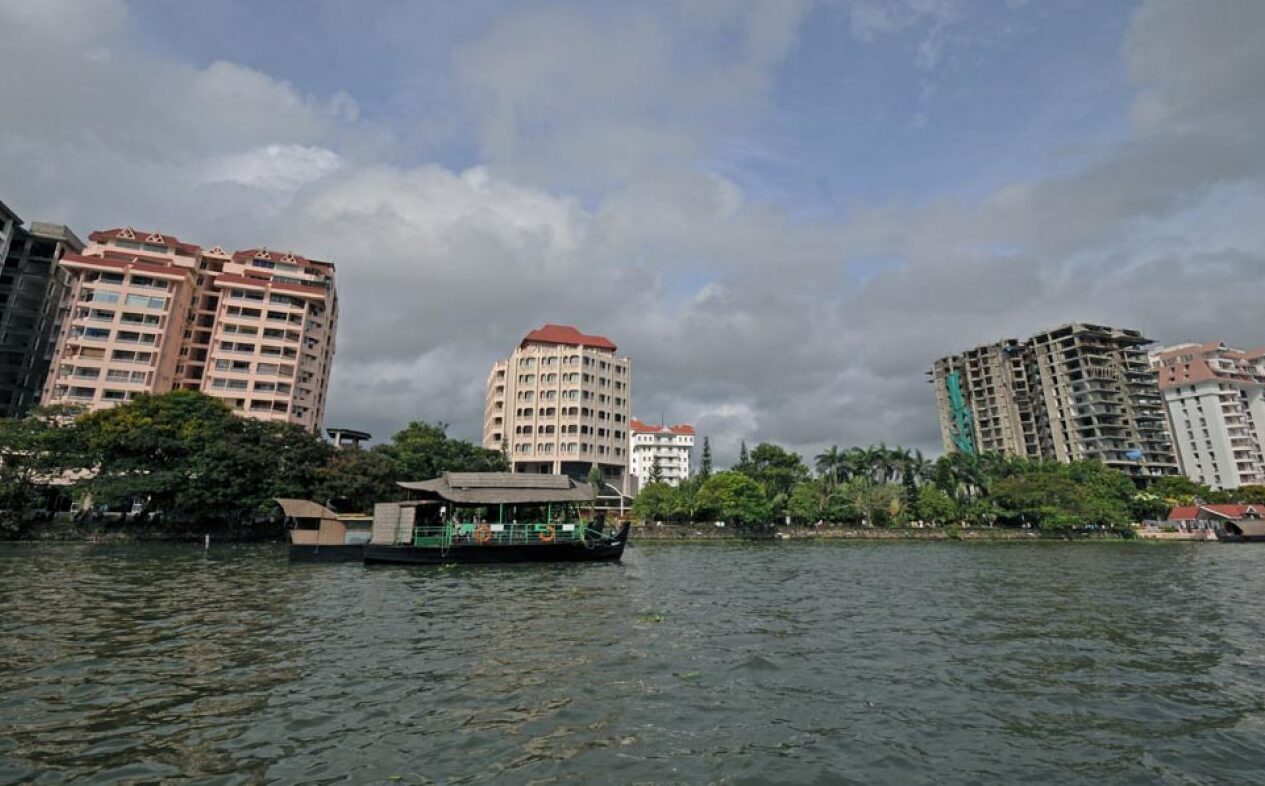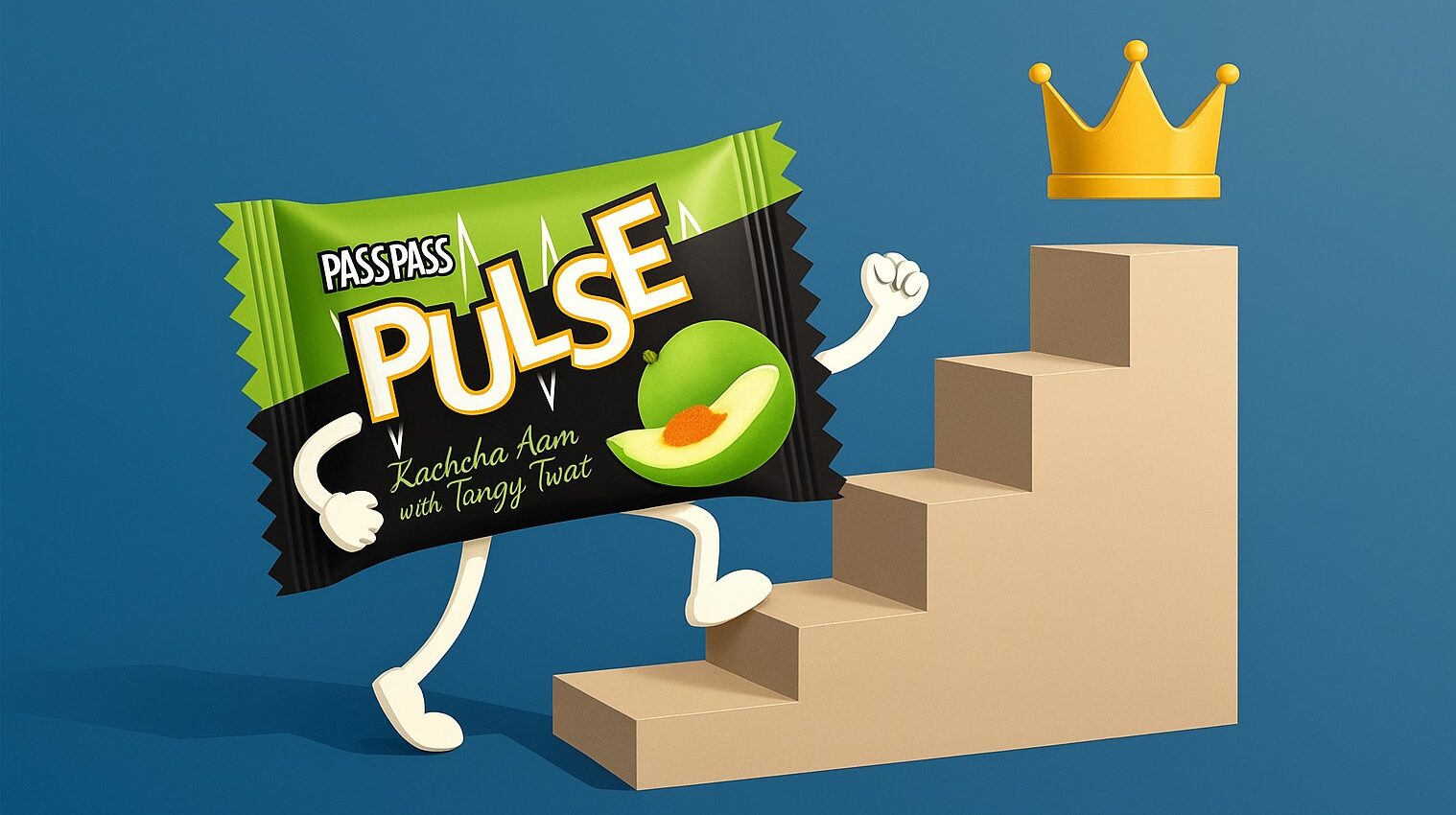On April 6, 2025, as Prime Minister Narendra Modi inaugurates the much-awaited new Pamban Rail Bridge in Tamil Nadu, connecting the mainland to Rameswaram Island, this inauguration reignites curiosity around a nearby and even more legendary structure — the chain of limestone shoals known variously as Adam’s Bridge and Ram Setu.
A Bridge of Belief: The Islamic Naming
The name “Adam’s Bridge” might sound like a British relic, but its origins predate colonialism. The first known reference comes from Ibn Khordadbeh, a 9th-century Persian geographer, who described the formation as Set Bandhai, or “Bridge of the Sea.” A couple of centuries later, around 1030 CE, the renowned Islamic scholar Al-Biruni connected the structure to a popular Islamic belief: after his expulsion from Eden, Adam descended upon Adam’s Peak in Sri Lanka, and then crossed into India via this natural bridge. This interpretation gradually gave the formation its Abrahamic identity, now known globally as Adam’s Bridge.

The Colonial Reframing
It was during British colonial rule that the name “Adam’s Bridge” became dominant in Western maps and documentation. British surveyors adopted the Islamic narrative, using it in nautical charts and travelogues. Despite the strong cultural resonance the structure had in Indian tradition, colonial powers preferred terminology that aligned with globally recognizable Abrahamic contexts. Over time, this name stuck — not due to formal renaming, but by the sheer weight of repetition in official records and maps.
Return to Roots: The Ramayana and “Rama’s Setu”
Long before any Islamic or colonial mention, the Hindu epic Ramayana (dating between 8th century BCE and 3rd century CE) spoke of a miraculous bridge built by Lord Rama and his Vanara army to cross into Lanka and rescue his wife Sita from the demon king Ravana. This structure, Rama’s Setu, has lived in Indian consciousness as a divine engineering feat — a story blending faith, geography, and cultural pride.
Has It Been Renamed?
Despite public interest and political appeals, the Government of India has not officially renamed the structure from Adam’s Bridge to Ram Setu. Today, both names coexist — “Adam’s Bridge” in global records and “Ram Setu” in Indian discourse. The Tamil Nadu tourism department even uses both names in tandem, reflecting this dual identity.
As the new Pamban Bridge opens a path to the sacred island, the age-old stone bridge nearby continues to connect more than land — it connects mythology, history, and the evolving narratives of a nation.
Also Read: YouTuber’s Lamorghini Crash in Noida and the Ugly Side of Privilege


























